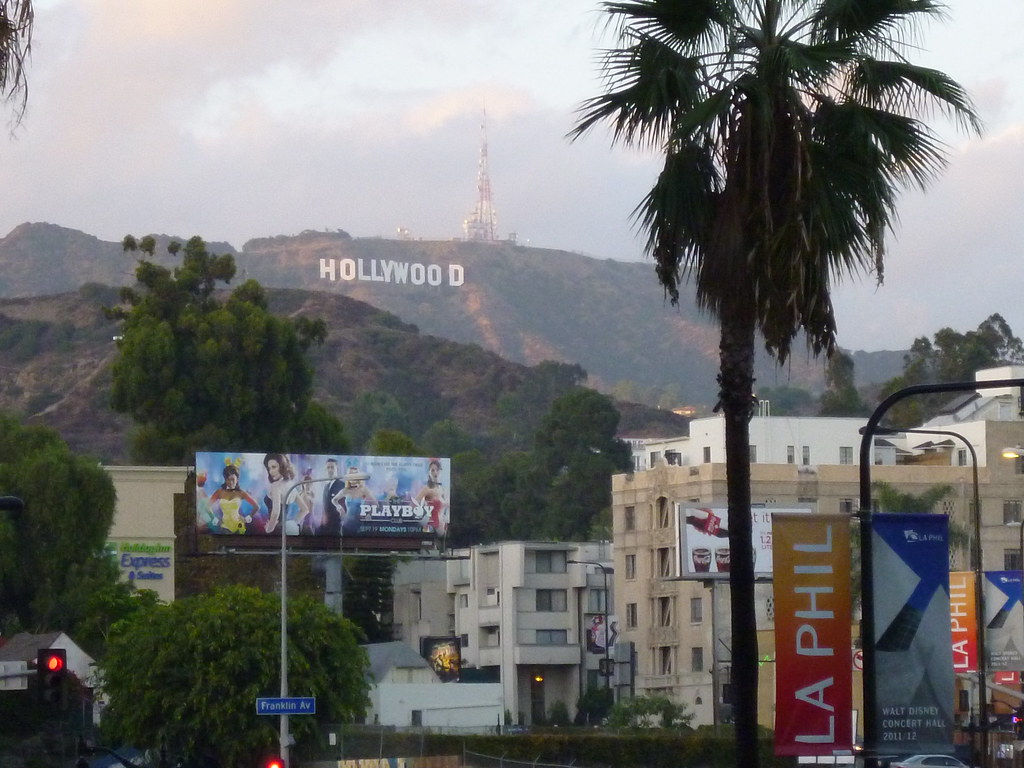When you hear the word “Hollywood,” what comes to mind? Perhaps it’s the glittering red carpet, the iconic sign nestled in the hills, or the blockbuster spectacles that light up our screens. For decades, it’s been synonymous with the pinnacle of entertainment production, a global factory of dreams. But peel back the glossy veneer, and you’ll find an industry wrestling with a host of complex, often unseen challenges that are reshaping its very foundations. Far from the cigar-chomping moguls of yesteryear, the reality for many behind-the-scenes is a delicate dance between passion and precariousness.
Today, the domestic entertainment business, often broadly referred to as “Hollywood,” finds itself at a significant crossroads. Its namesake Los Angeles neighborhood, once the undisputed bustling production hub, has seen much of its activity migrate elsewhere. This isn’t just about glamour; it’s about dollars and cents, global competition, shifting labor markets, and even political rhetoric. It’s a fascinating, if sometimes bewildering, ecosystem where economic incentives can dictate creative decisions and where the very definition of a “producer” is undergoing intense scrutiny.
So, what are these hidden battles that are quietly — or not so quietly — transforming the movie-making landscape? From the lure of international tax breaks to the often-thankless grind of those who shepherd projects from concept to screen, we’re diving deep into the forces at play. Prepare to have your curiosity piqued as we unpack some surprising truths about why your favorite films and TV shows are made where they are, and what it truly takes to get them into your living room.

1. **The Great Hollywood Exodus: A Quest for Savings**It’s no secret that making movies and television series today is an incredibly expensive endeavor. “Ballooning Hollywood budgets have sent many productions out of the U.S. in recent years,” reveals the stark truth. This isn’t merely a preference for exotic locales, though a compelling script might sometimes demand it; it’s a cold, hard calculation based on economic realities. Studios, ever watchful of the bottom line, are driven by an irresistible lure: “lucrative tax incentives and lower labor costs are luring projects to other countries.”
Think about it: if you can get the same quality work done for less, while also benefiting from government subsidies, why wouldn’t you? This pursuit of financial efficiency has transformed the global map of filmmaking. Countries like Canada, the United Kingdom, Ireland, Hungary, Croatia, Romania, Australia, and New Zealand have all become major players, successfully attracting a significant chunk of Hollywood’s production volume. They’ve essentially rolled out the red carpet, not for stars, but for the budgets that power productions.
This isn’t a new phenomenon, but it’s intensified in recent years. The streaming economy, coupled with declining DVD sales and fewer people heading to theaters, has put immense pressure on studios. They’re forced to “grip their purse strings tighter or face the wrath of investors.” The exodus, therefore, isn’t just a trend; it’s a strategic imperative for survival in a rapidly evolving media landscape where traditional revenue streams have all but dissolved.
Even before the seismic shifts of recent years, productions often went international. Take, for instance, the epic scope of “The Lord of the Rings” franchise or “Game Of Thrones.” It would have been genuinely “difficult… to film… entirely on the backlot of a Los Angeles studio.” However, the current situation extends beyond location-specific narratives, encompassing a broader push for financial advantage that touches nearly every aspect of film and TV production.
Read more about: Estate Planning 101: Unpacking the Vital Documents Every American Adult Needs for Financial Security and Family Protection

2. **Trump’s Tariff Threat: A 100% Problem?**Adding a dramatic political twist to this economic saga, “President Donald Trump has once again proposed a 100% tariff on movies filmed outside of the U.S.” This isn’t the first time such a threat has surfaced, with similar comments made in May. The intent is clear: to repatriate film production and the thousands of jobs associated with it back to American soil. In a social media post, Trump passionately argued, “Our movie making business has been stolen from the United States of America, by other Countries, just like stealing ‘candy from a baby.'”
Imagine the impact of a 100% tariff – it would effectively double the cost of any foreign-filmed movie attempting to enter the U.S. market. Such a drastic measure is designed to make overseas production prohibitively expensive, theoretically compelling studios to bring their cameras and crews home. It’s a bold declaration, aimed at rectifying what’s perceived as an economic injustice and reclaiming a vital domestic industry.
However, the practicality and enforceability of such a tariff remain shrouded in uncertainty. How would one even begin to apply a tariff to a service, rather than a tangible good? The proposal, while forceful, has left many in Hollywood scratching their heads, wondering about the mechanisms of its implementation and the potential ripple effects it could cause throughout the global entertainment industry.
The debate over these tariffs highlights the deep divisions and strong feelings surrounding the issue of American job displacement in the creative sector. While the allure of overseas savings is undeniable for studios, the political pushback underscores a desire to protect and foster domestic employment and economic activity within the filmmaking ecosystem. It’s a classic clash between global economic realities and nationalistic economic policy.

3. **Hollywood at a Crossroads: Losing Its Bustle**The glitz and glamour of “Hollywood” may still shine bright in our collective imagination, but the reality on the ground in Los Angeles paints a different picture. As the context points out, “‘Hollywood’ has come to represent the entire domestic entertainment business — and it’s at a crossroads.” The actual neighborhood, once a veritable hive of sound stages and backlots, “is no longer the bustling production hub it once was.” This isn’t hyperbole; it’s a tangible shift.
The reasons for this decline are multi-faceted, yet they consistently circle back to economics. Studios, in their relentless pursuit of efficiency and profitability, have been “chasing tax benefits and lower labor costs overseas.” This means that while the branding remains iconic, the physical act of movie and television production has become increasingly decentralized, moving away from its spiritual home in Southern California.
“It’s more expensive than ever to make a movie or television series,” a sentiment echoed across the industry, particularly “after the pandemic and the writers and actors strikes.” These events significantly reshaped how creatives are compensated in the burgeoning streaming economy, adding further layers of cost and complexity. Consequently, the exodus isn’t just a slow trickle; it’s a noticeable current pulling productions away.
This transformation means that the thousands of jobs once concentrated in Los Angeles have dispersed, not just to international locales but also to other domestic filming hubs. The very definition of “Hollywood” as a physical production center has evolved, becoming more of an idea, a brand, than a singular geographical entity for where cinematic magic is primarily made. The romantic notion of Tinseltown producing all the magic in its own backyard is becoming increasingly antiquated.

4. **The Triple Whammy: Pandemic, Strikes, and Streaming’s Shadow**If Hollywood needed a crash course in resilience, the past few years have provided an intensive, unwelcome curriculum. The industry has been hit by a “triple whammy” that has profoundly reshaped its landscape. First, the global pandemic brought productions to a grinding halt, forcing unprecedented safety measures and operational overhauls. Then came the “writers and actors strikes,” which further paralyzed much of the industry, creating a “production slowdown” that reverberated for months.
These strikes were not just about immediate wages; they were about fundamental shifts in compensation and power dynamics in a “new streaming economy.” As the context explains, they “reshaped how creatives are paid,” forcing a re-evaluation of long-standing practices like residual payments and back-end profit participation, which had become significantly diminished by streaming models. The financial implications were, and continue to be, enormous.
Beyond labor disputes, the underlying economics have tightened considerably. “Budgets are getting tighter,” we’re told, partly because “streaming fundamentally changed the media landscape.” The golden age of DVD sales, which once provided a reliable revenue stream, is a distant memory, and “fewer people are going to movie theaters” for many films. This confluence of factors means studios are under immense pressure to justify every penny.
In this environment, media titans like Disney, Universal, Warner Bros., and Paramount are grappling with what “the dissolution of linear TV, and its lucrative ad revenue, means.” The pressure to deliver content efficiently and profitably is immense, often leading to cost-cutting measures that affect everything from production location choices to how producers themselves are compensated. It’s a period of intense re-calibration, with long-term consequences for content creation.

5. **The Rise of Domestic Production Hubs**Amidst the discussion of productions fleeing overseas, a fascinating counter-narrative has emerged domestically: the rise of new production hubs within the United States. Many in the industry have actively “sought to rectify the movement of thousands of jobs” by bolstering alternatives to Los Angeles. This isn’t just wishful thinking; it’s a concerted effort, supported by substantial financial incentives, to keep filmmaking jobs on American soil.
Leading this charge are states like “Georgia, New York, Texas, New Mexico and North Carolina,” which have strategically positioned themselves as attractive destinations for film and television production. These states offer “better financial rewards, like tax credits and cash rebates,” often surpassing what’s available on the West Coast. The result? A significant portion of Hollywood’s domestic work now takes place far from its traditional home.
The investment in these hubs is considerable. According to a report from The New York Times, “Over the last two decades, 38 states have shelled out more than $25 billion in filming incentives.” This isn’t just about attracting a single project; it’s about building an entire ecosystem. States like Georgia, for example, have used these monetary perks to “develop infrastructure for big-budget productions and build out a skilled workforce of local crew members, craftsmen and technicians.”
The benefits extend beyond the immediate film crew. Having projects produced locally provides a substantial “bump” to the local economy, boosting “Hotels, restaurants, lumber yards, vehicle rental companies and even gas stations.” It’s a win-win scenario: studios save money, states create jobs and stimulate economic growth, and communities around filming locations thrive. These domestic hubs represent a dynamic evolution in the geography of American storytelling.
Read more about: Titans of Transformation: Exploring 11 Defining Moments That Steered the World Through the Turbulent 1970s

6. **California Fights Back: Newsom’s $750 Million Bet**Seeing its once-dominant position challenged, California isn’t sitting idly by. The state, keenly aware of the economic exodus, has made a significant move to reclaim its status as the premier production hub. In July, “California Gov. Gavin Newsom increased the state’s total film and TV tax credit to $750 million, nearly doubling the previous cap.” This substantial financial commitment is a clear signal that the Golden State intends to compete aggressively.
Newsom’s move is a direct response to the gravitational pull of other states and countries offering more attractive incentives. The goal is straightforward: “to try to encourage more productions to film in Los Angeles.” It’s an acknowledgment that while Hollywood has an undeniable legacy, nostalgia alone isn’t enough to retain business in today’s fiercely competitive environment. Practical financial benefits are paramount.
This initiative underscores a broader understanding within the industry and government that the “base of the production, the sound stages,” are crucial assets. As Wedbush analyst Alicia Reese noted, “‘We need to create a better tax structure to encourage more productions, the base of the production, the sound stages, to be located in the U.S.'” California’s expanded tax credit aims to do just that, investing in the infrastructure and jobs that underpin the entire filmmaking process.
The impact of this increased incentive remains to be fully seen, but it represents a proactive and substantial effort to stem the tide of productions leaving the state. It’s a high-stakes gamble, reflecting the immense economic importance of the entertainment industry to California’s economy and its commitment to ensuring that its iconic name remains synonymous with cutting-edge production, not just a historical landmark.

7. **The Murky Waters of Tariff Enforcement**President Trump’s proposed 100% tariff on foreign-made films sounds impactful, but the devil, as they say, is in the details – and those details are incredibly murky. “As Trump revives his threats, there are still numerous unanswered questions about how the U.S. could put a tariff on movies,” the context notes, highlighting the logistical headache this presents. The core issue, as Forrester’s Mike Proulx points out, is fundamental: “‘Since movies aren’t goods, they’re services, it remains unclear how a tariff could be placed on a service.'”
This isn’t like slapping a tariff on imported steel or cars. A movie isn’t a physical good that passes through customs in the traditional sense. It’s a complex, collaborative service, often involving talent and locations from multiple countries. Proulx warns that “‘should some logistical loophole be found and enforced, it’ll cause chaos within the entertainment industry.'” The implications are vast and potentially destabilizing.
The questions don’t stop there. Experts ponder, “‘Then the question becomes what’s next? Where’s the line between a movie and a limited time series? What about the ad industry that saves money by shooting commercials outside the US?'” The distinctions blur, making clear-cut application of a tariff almost impossible. What if a film shoots part of its scenes in one country and edits it in another? Would it be taxed based on percentage? “‘There are just too many questions,'” as analyst Alicia Reese succinctly puts it.
Even Jon Voight, appointed by Trump as “special ambassador” to Hollywood, hinted that tariffs would only be used in “certain limited circumstances,” suggesting a preference for other strategies like “developing federal tax incentives, revising the tax code, creating co-production treaties with other countries and offering subsidies for infrastructure.” This pragmatic view suggests a recognition of the immense complexity involved, pushing for more traditional and less disruptive economic levers instead of a potentially unworkable tariff on a global, intangible product like a film.”

8. **The Misunderstood Role: Beyond the “Fat Cat” Stereotype**When you picture a Hollywood producer, what image flickers in your mind’s eye? For many, it’s the classic caricature: a cigar-chomping mogul, swathed in luxury, casually doling out money and vacation homes. This “fat cat” stereotype, while perhaps rooted in a bygone era, casts a long and unfair shadow over the reality of today’s producers, whose livelihoods and contributions are often profoundly misunderstood. It’s a running joke within the industry itself that no one truly knows what they do.
Yet, the role of an active producer is far from passive. As Stephanie Allain, co-president of the Producers Guild of America (PGA), puts it, a producer’s arms are “wide, and you’re bringing everybody into the tent.” They are the ultimate multi-taskers, identifying promising material, securing writers and directors, assisting with casting, and tirelessly chasing funding. This foundational work sets the entire creative process in motion, acting as the crucial first step in bringing any story to the screen.
Beyond pre-production, they oversee the entire physical production, hiring department heads, spending crucial time on set, and even contributing to the editing process and marketing efforts. Indeed, as fellow PGA co-president Donald De Line succinctly states, “A producer is there at the beginning, the middle and the end.” This comprehensive involvement, from a project’s nascent idea to its final release, highlights their indispensable role as the primary orchestrators of cinematic visions. They are the consistent guiding hand, ensuring every piece of the complex puzzle fits together to bring a story to life. Without this tireless dedication, many celebrated films and shows simply wouldn’t exist.
9. **The Precarious Path: Financial Struggles of Modern Producers**Beneath the veneer of Hollywood glamour, a harsher reality often exists for producers. Take Stephen Love, for example, a producer on the acclaimed “The Land” and “They Cloned Tyrone.” Despite being in multiple bidding wars for his projects and generating buzz in trade outlets, he found himself driving for ride-share companies and taking consulting gigs to “make ends meet.” It’s a stark contrast to the perceived wealth, and it’s a sentiment echoed by many across the industry.
The financial precariousness isn’t new, but it has intensified dramatically in recent years. The “pandemic, dual writers’ and actors’ strikes of 2023, studio spending cutbacks and the recent Southern California wildfires” have all contributed to a significant production slowdown. This means fewer opportunities for producers to find work and sustain their careers, pushing many to juggle multiple jobs just to stay afloat, often while simultaneously trying to advance their dream projects.
It’s a truly disheartening situation, as Love himself notes, when seasoned producers who have been “in the game for 30 years-plus” face the very “same issues that I’m having just 10 to 12 years in the game.” This suggests a systemic problem rather than isolated incidents, where the economic foundation for a career producer has eroded across the board, regardless of experience or past successes. The dream of making a living solely from producing seems increasingly out of reach for many.
A major blow has been the “demise of so-called back-end profit participation deals,” largely due to the changing business practices of streaming services. These deals once allowed producers to recoup costs and profit from a popular project’s success. Now, without that safety net, producers can toil for “years of project development” — the crucial early stages before a green light — often without getting paid, effectively earning “less than minimum wage” for their immense time investment, even on projects that eventually become hits.
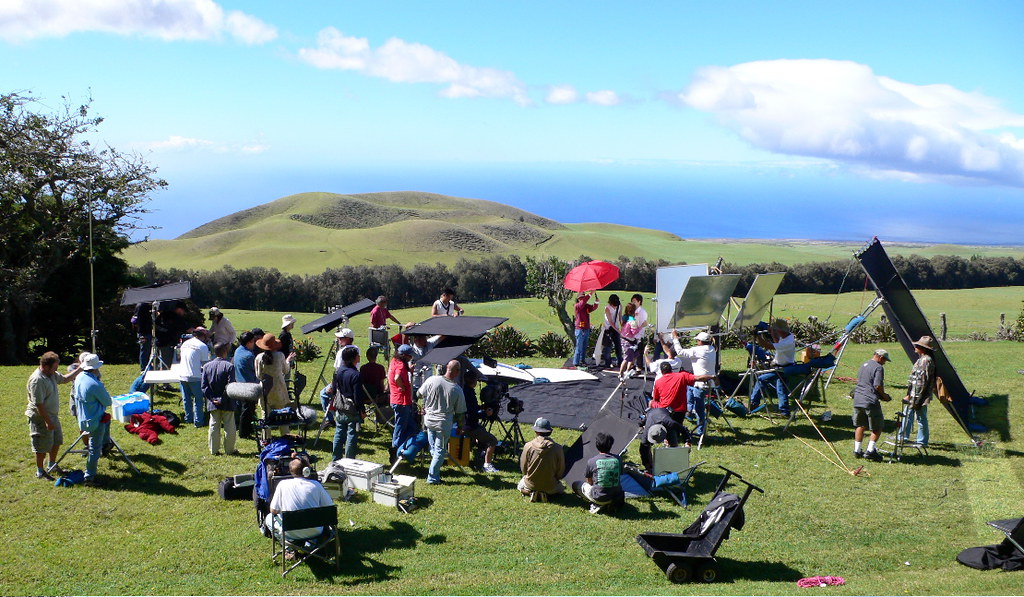
10. **The Dilution Dilemma: When Everyone Gets a Producer Credit**Adding another layer of complexity to the producer’s plight is the sheer proliferation of producer credits. It’s a practice that has significantly contributed to the “confusion and the financial turmoil” within the industry. While the core role of a true producer involves deep, hands-on involvement throughout a project’s lifecycle, credits are increasingly being negotiated by others whose primary function is different from actively shepherding a film.
Actors, financiers, and even talent managers can secure producer titles, often as part of their overall deal. This blurs the lines of accountability and responsibility, making it difficult for outsiders and even those within the industry to discern who the lead, career producers truly are. This isn’t merely a matter of semantics; it has tangible financial consequences for those who dedicate their entire professional lives to producing.
When more individuals receive a producer credit, it “cuts into the money allocated to a project’s producers,” directly diminishing the financial pool for those who are genuinely driving the production process. Career producers, the ones who lead productions and whose livelihoods depend solely on project fees, often find themselves in a bind, reluctant to push back against this credit creep, even though it impacts their bottom line.
Why the hesitation? Because they are “desperate to see their projects across the finish line after investing so much ‘sweat equity.'” After years of tireless development and personal sacrifice, the desire to finally bring a film or show to fruition often outweighs the impulse to contest a credit, even when it means further diminishing their own compensation. This puts career producers in an unenviable position, struggling to protect their financial stake in the very projects they passionately champion. Jennifer Todd, a producer on “Memento,” highlights this profound dilemma, explaining that the passion to complete a project often leads to concessions.

11. **A Call to Action: The Rise of Producers United**Facing these mounting challenges, producers are not standing idly by, passively accepting the erosion of their profession. Recognizing the systemic issues, a powerful new coalition called Producers United has emerged as a vocal advocate for change. This group, now boasting an impressive “membership roster of 130 producers,” which accounts for more than 90% of content generated by studios and streamers, is dedicated to securing fair compensation, healthcare benefits, and protecting the integrity of the producer credit.
Launched with a clear and urgent mission in the wake of the WGA strike, Producers United is pushing for fundamental reforms that address the precarious nature of their work. They advocate for producers to be paid as they work, campaigning vigorously for “development fee advances” to become the industry norm. This is a critical shift, as many producers currently “toil on projects for years with minimal payout” before a green light, if a green light ever materializes. The group operates autonomously from the Producers Guild of America, which, while an important trade organization, is not a bargaining collective with the power to enforce labor stoppages.
The appeal of Producers United is rooted in stark financial realities that resonate deeply across the industry. Jonathan Wang, a producer on the Oscar-winning “Everything Everywhere All at Once,” revealed he made a meager “$35,000 a year over the seven years that he worked on the film,” a project that went on to earn $140 million globally on a modest $14 million budget. This anecdote powerfully illustrates the deep disparity between creative success and individual financial security, fueling the group’s urgent call for a more equitable and sustainable system.
As the career producers often serve as the catalysts for getting projects off the ground, their hardship directly impacts the pipeline of future content. They can sustain themselves on merely “half of that one-time $25,000 development deal,” a sum that hasn’t kept pace with inflation, even though the “gestation period of film and TV development projects can stretch nine months or nine years, or longer.” This unsustainable model makes the need for commencement wages not just a wish, but an absolute necessity for survival.
Read more about: Unearthing the Secrets: A Deep Dive into the World of Rare-Earth Elements and Their Unseen Impact
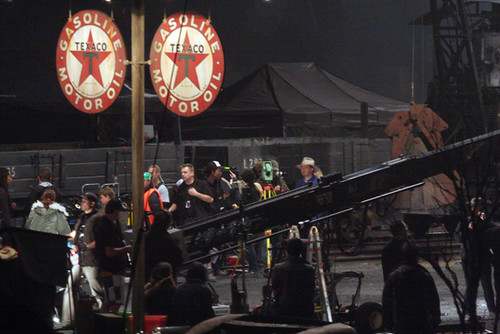
12. **Securing the Essentials: Victories in Healthcare and Wages**In a remarkably short span since its public launch, Producers United has achieved significant breakthroughs, demonstrating the undeniable power of collective advocacy and persuasive arguments. They have successfully secured “commitments to reform their policies from the film sides of Warner Bros Discovery, Disney, Paramount and Universal, and the pay TV network HBO.” These landmark agreements represent dramatic and much-needed improvements in two critical areas: commencement wages and healthcare contributions for career producers.
While the specific reforms vary slightly across each studio, reflecting individualized negotiations, the broad strokes are genuinely transformative for the producers involved. Each company has agreed to provide career producers with health insurance, making direct contributions to the MPI Non-Affiliate Agreement for set periods. This coverage will span eight weeks of pre-production, the entire duration of principal photography, and recommencing upon completion of dubbing and scoring for a minimum of eight weeks thereafter. Alternatively, producers can opt for an “equivalent reimbursement for other health insurance policies” they maintain, ensuring vital security for individuals and their families. This allows producers to establish a crucial “bank of hours” for consistent coverage.
Equally important are the agreements on “commencement wages,” which fundamentally restructure how producers are paid during development. These are now advances tied to various development milestones, such as completed writing steps and other progress markers over the course of a project’s evolution. This is a radical departure from the outdated standard of a mere $12,500 upfront development fee, a sum established in the early 1970s and rarely adjusted for inflation. These new fixed advances, amounting to “multiples of the customary development fee,” mean producers will finally see regular payments for their invaluable development work, even if a project is eventually abandoned.
These changes, while not adding significantly to overall studio budgets, are a monumental shift for producers. The “only extra cost studios will incur is fees that get paid on projects that don’t make it to production,” which is now seen as the “equivalent of R&D, commonly written off as the price of doing business.” This enlightened perspective is a testament to Producers United’s success in convincing studios that investing in producers is not charity, but simply “good business” that fosters creativity and efficiency.
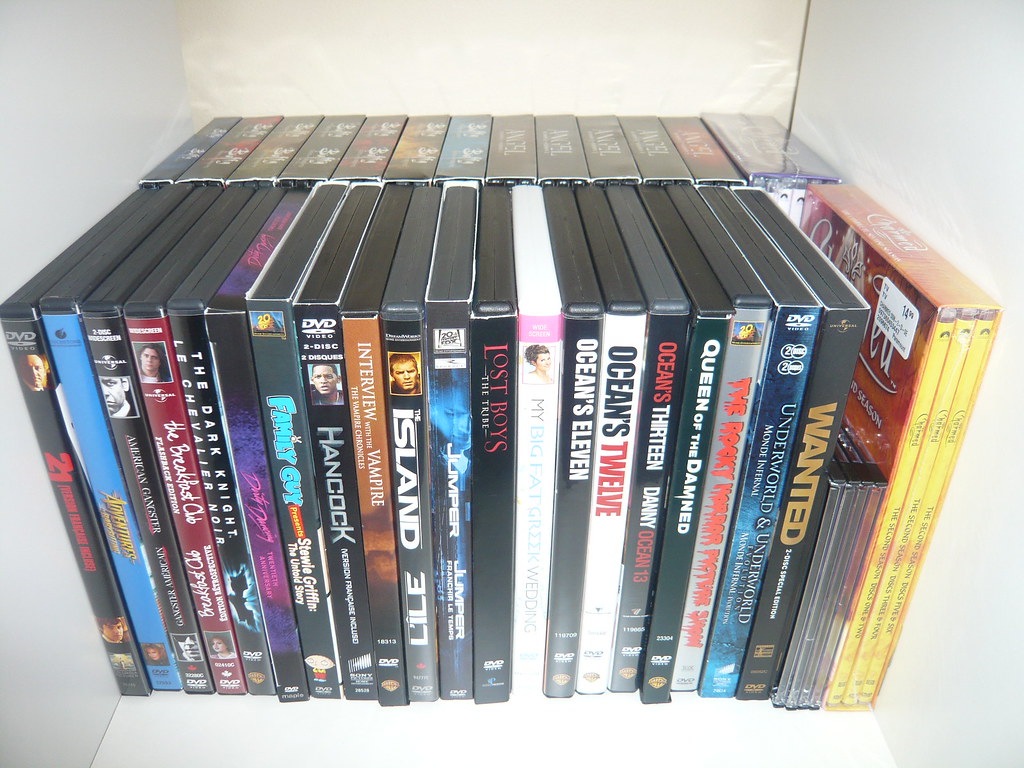
13. **Building a Sustainable Future: Protecting the Next Generation**The work of Producers United extends far beyond the immediate financial relief for current practitioners; it’s a vital effort to safeguard the very future of the filmmaking industry. Jonathan Wang starkly warns that “The extinction event is real” for producers, emphasizing that even at the highest levels, the career is not inherently sustainable without significant systemic changes. The concern is palpable: if the path for new talent is too arduous and unrewarding, who will shepherd the cinematic visions of tomorrow?
These hard-won reforms are explicitly designed to attract and retain the next wave of creative catalysts, especially those who aren’t independently wealthy. Producer Stephen Love, contemplating starting a family, highlights the unsustainable nature of juggling multiple jobs just to pursue his passion. Without changes that provide a stable income and essential benefits, the industry risks losing diverse voices and perspectives, ultimately limiting the breadth and depth of future storytelling and the kinds of unique narratives that can emerge.
As Cathy Schulman, a producer on the Oscar-winning “Crash” and a member of Producers United, eloquently states, “If a real producer, who actually enables content to get made and be good, is something everyone wants to be, then we should protect the people who actually do that so that we can have the content.” The analogy is clear: just as you wouldn’t want 15 people claiming to be the fireman when only one has the hose, the integrity and sustainability of the producer’s essential role are paramount for the consistent creation of high-quality entertainment.
The career of producing, which historically has relied on “wildcatting” and the hope of striking gold, has become increasingly difficult with “producer fees have been increasingly capped.” This has made the “pot of gold elusive,” leaving many veterans feeling that the previous model would deter future producers. The new framework provides a necessary foundation for stability, encouraging fresh talent to enter and remain in this vital profession.
Read more about: Unveiling the Powerhouse: Exploring the Foundational Strengths Behind America’s Advanced Naval Capabilities
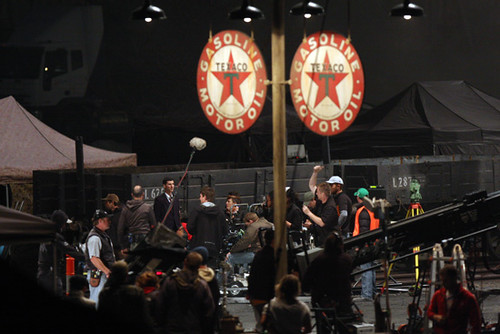
14. **The Unseen Architects: Why Producers are Essential to Storytelling**Ultimately, the producer is the unseen architect of storytelling, the relentless force transforming abstract ideas into tangible cinematic experiences. From the initial spark of an idea to the final cut and marketing push, their hands are on every lever, guiding the complex machinery of film and television production. They are the ones who “bring everybody into the tent,” assembling the talent, securing the resources, and navigating the countless obstacles that can derail a project, often working in the shadows while others receive the accolades.
Their commitment is a high-stakes gamble, often likened to “wildcatters who drill on spec and only get rich when they strike oil.” For years, producers would invest immense “sweat equity” with no guarantee of compensation until a project reached production, or even later. However, with producer fees increasingly capped and traditional revenue streams dissolving due to the changing media landscape, that once-promising pot of gold has become more elusive, making the gamble less appealing and more detrimental to individuals.
The recent reforms secured by Producers United are not just about individual fairness; they are a crucial, strategic investment in Hollywood’s future. By ensuring health care and commencement wages, the industry is acknowledging the foundational role of producers and creating a more stable, equitable environment for their vital work. These changes will empower producers to “better lean into the ones they’ve set at the studios involved here,” fostering deeper engagement and higher quality content by allowing them to focus on fewer, more impactful projects.
It’s a powerful recognition that without these dedicated architects, the dream factory of Hollywood cannot truly thrive. They are the ones who ensure that diverse stories continue to be told, that innovative projects move forward, and that the magic of cinema continues to captivate audiences worldwide. By valuing and protecting its producers, Hollywood reaffirms its commitment to the very individuals who lay the groundwork for every unforgettable film and television series.

